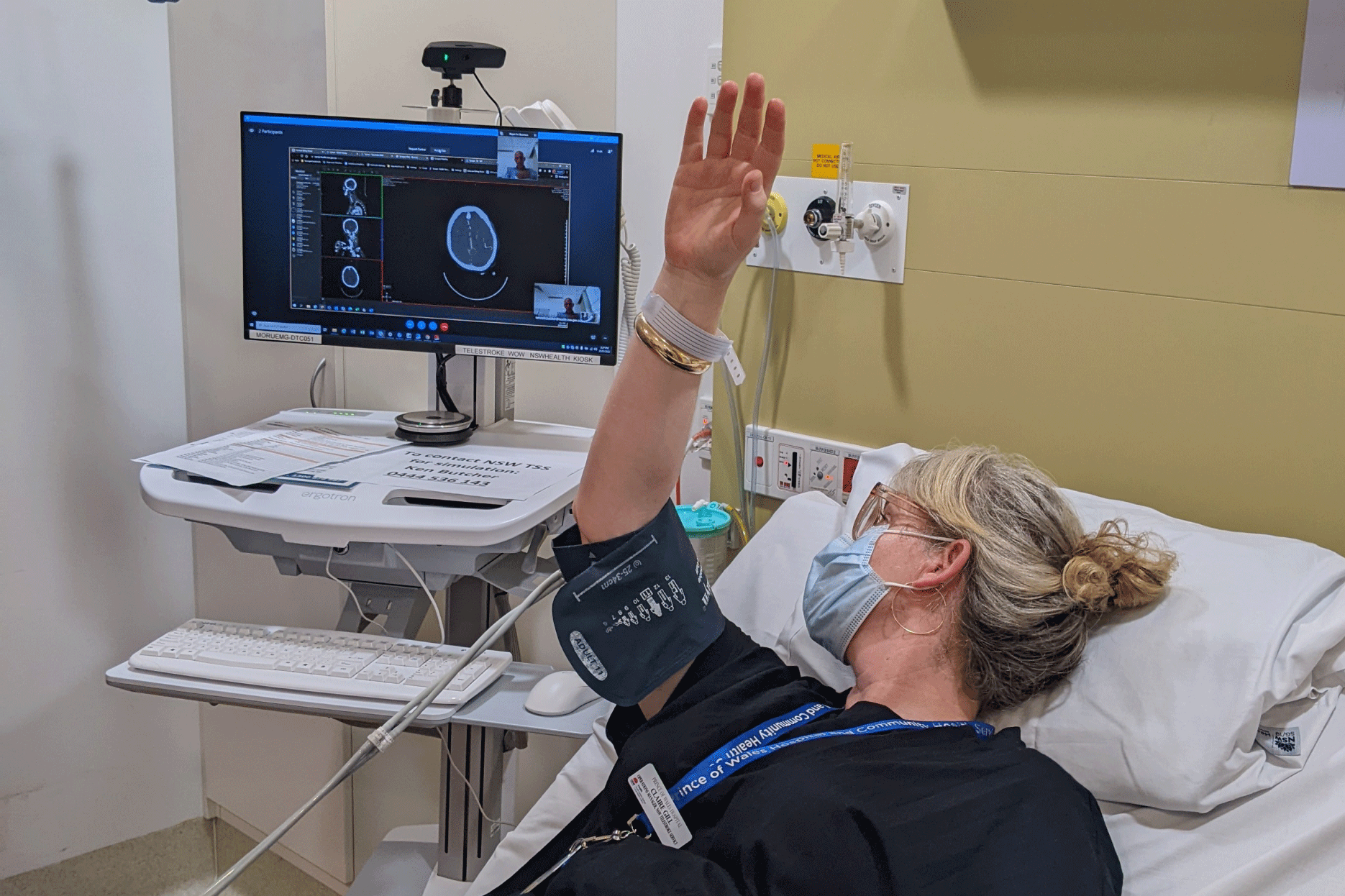The news items below are included in our eHealth NSW 2022 Year in Review newsletter.
Customer feedback supports improvement across eHealth NSW
In October 2022, eHealth NSW launched the 2022 eHealth NSW Customer Survey. Nearly 500 customers from 37 NSW Health and affiliated health organisations provided their feedback.
These customers engage with us as part of planning, procuring, designing, implementing, or supporting digital products and services including infrastructure solutions, corporate and clinical systems, digital advisory services, technology support and more. The survey asked customers to provide feedback on their overall experience with eHealth NSW and the specific services they use.
This follows the 2019 My NSW Health ICT Experience Survey which provided us with valuable insights on ICT systems, services, and experiences.
The 2019 results led, for example, to the implementation of a more simple and transparent cost model with consumption-based pricing, standardised user involvement in discovery, design and build phases including Human Centred Design and Patient Safety Specialists on programs, and enhancements to the SARA platform including AI search to support customer search queries and a feedback function on the SARA platform that helps us to identify and address customer pain points.
Customer feedback is an essential part of our continuous improvement approach which allows us to enhance the way we work and the value we provide to the NSW Health system. eHealth NSW will share the overall 2022 Customer Survey results in early 2023 with stakeholders.
Connecting digitally with our NSW Health users
eHealth NSW has continued to improve how staff across NSW Health can seek support and request services. As we continue to move away from paper forms and manual processes, we’re making it easier and quicker for staff to get the help they need, so they can focus on what they need to deliver for NSW Health.
Our SARA portal, which enables staff to submit IT, HR, payroll and other requests from any device, had 43 new forms and over 1500 new ‘how-to’ knowledge articles added this year. We also launched 14 new cloud contact centres, providing a more seamless and positive experience for contact centre agents and their callers.
In February and March, when devastating floods affected the Lismore area and the mid-north coast, our teams worked with industry partners to restore connectivity and support Local Health Districts in the area.
In September, eHealth NSW onboarded Sydney Local Health District (SLHD)to the State Wide Service Desk (SWSD) and Major Incident Management (MIM), which also included onboarding to the ServiceNow platform and SARA. This enables SLHD to contact the SWSD for 24/7 IT support and the eHealth NSW team to coordinate MIM response on their behalf to help restore critical systems and applications. In the first week, over 800 incidents and requests were received through SWSD, and over 500 incidents and requests were received via SARA.
eHealth NSW also supported South East Sydney Local Health District (SESLHD) and Illawarra Shoalhaven LHD (ISLHD) to develop and implement a new IT support structure that involved transitioning from a central support team to three new support teams. Tickets for their network, desktop and server support teams are now routed through the SWSD to the relevant support team, enabling these complex tickets to be triaged faster.
In September, eHealth NSW onboarded the first Local Health District to Amazon Connect, with SESLHD launching a new cloud-based contact centre for their MotherSafe telephone service. This enables MotherSafe clinicians and counsellors to answer calls from any workplace location and provide additional support such as public announcement messages and call backs, making it easier for consumers to access this counselling service.
The MotherSafe team will also benefit from an improved call centre experience with enhanced routing, management tools and improved analytics. eHealth NSW continued to progress our Business Resilience Uplift and we held a number of business resilience exercises throughout 2022 to road test our crisis management and cyber incident response plans. Our strategic initiative of ‘resilience and sustainability’ highlights our commitment to managing digital health systems, infrastructure and security with an outcomes focused lens to deliver a resilient, safe and consistent digital health environment that is financially and environmentally sustainable.
Behind the scenes work also played a key role in helping to build and shape our resilience – with staff volunteering as Fire Wardens, First Aiders, Incident Support and Business Continuity Planning coordinators across eHealth NSW.
Our reception teams are also instrumental ensuring we were safe, coordinating hygiene supplies and logistics for desk bookings and being key emergency onsite support when our offices were at low staffing capacity.
Driving ICT strategies and architecture standards
eHealth NSW continues to collaborate with NSW Health organisations to develop strategies which support their local digital health journeys. In partnering to deliver several LHD digital strategies, common themes have been identified, shaping digitally enabled healthcare services across the state.
These themes will inform the refresh of the statewide strategy for NSW Health. Consultation on the draft Strategy with individual NSW Health organisations started in late September 2022 and will continue into February 2023. In our collaborative efforts with other health organisations, eHealth NSW is also partnering with the Cancer Institute NSW along with LHDs, SHNs, pillars and affiliated health organisations to develop the Oncology Information Systems Strategy for NSW Health.
This effort will help inform on the strategic direction and roadmap for the oncology related digital capabilities across NSW Health. In our role as a trusted advisor to NSW Health, the Enterprise Architecture team continues to follow a business outcome focused approach in delivering our core services, including architecture advisory, architecture development, and architecture governance.
This year has seen an increased focus on our teams supporting redevelopment projects and related digital solutions and standards. We facilitate several NSW Health governance groups and manage a growing NSW Health Architecture community of practice with more than 250 members, which improves knowledge sharing and collaboration across NSW Health.
We have developed 26 ICT standards over the past year with the NSW Health Policy and Standards Working Group. In collaboration with NSW Health CIOs, we have also recently established the NSW Health Interoperability and Integration Governance Group. Both groups are pivotal to driving digital transformation across the health system.




